#china 🇨🇳
Text










@jaelomain
🇨🇳🇰🇭
267 notes
·
View notes
Text
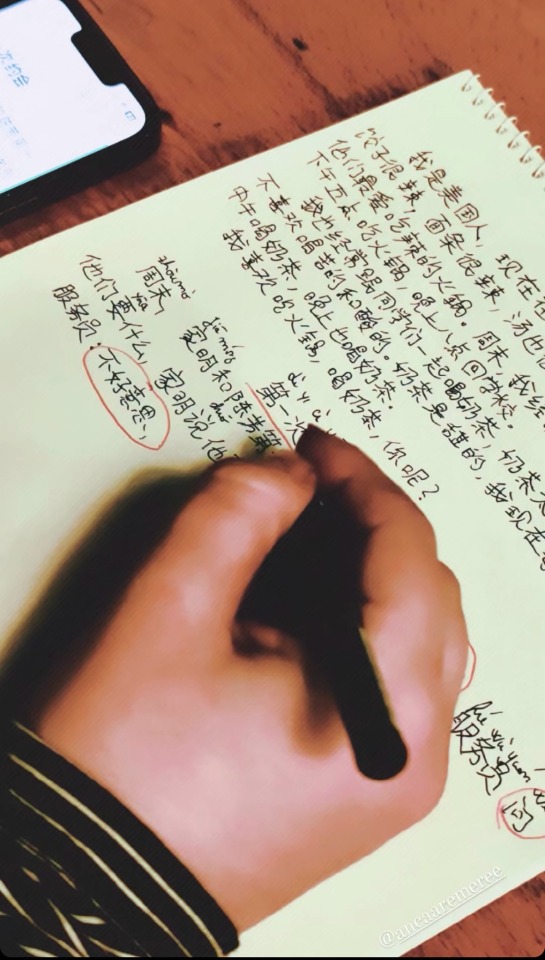
me and my emotional support learning of Mandarin Chinese
15 notes
·
View notes
Text
20 notes
·
View notes
Text
The First Light of Trinity
— By Alex Wellerstein | July 16, 2015 | Annals of Technology

Seventy years ago, the flash of a nuclear bomb illuminated the skies over Alamogordo, New Mexico. Courtesy Los Alamos National Laboratory
The light of a nuclear explosion is unlike anything else on Earth. This is because the heat of a nuclear explosion is unlike anything else on Earth. Seventy years ago today, when the first atomic weapon was tested, they called its light cosmic. Where else, except in the interiors of stars, do the temperatures reach into the tens of millions of degrees? It is that blistering radiation, released in a reaction that takes about a millionth of a second to complete, that makes the light so unearthly, that gives it the strength to burn through photographic paper and wound human eyes. The heat is such that the air around it becomes luminous and incandescent and then opaque; for a moment, the brightness hides itself. Then the air expands outward, shedding its energy at the speed of sound—the blast wave that destroys houses, hospitals, schools, cities.
The test was given the evocative code name of Trinity, although no one seems to know precisely why. One theory is that J. Robert Oppenheimer, the head of the U.S. government’s laboratory in Los Alamos, New Mexico, and the director of science for the Manhattan Project, which designed and built the bomb, chose the name as an allusion to the poetry of John Donne. Oppenheimer’s former mistress, Jean Tatlock, a student at the University of California, Berkeley, when he was a professor there, had introduced him to Donne’s work before she committed suicide, in early 1944. But Oppenheimer later claimed not to recall where the name came from.
The operation was designated as top secret, which was a problem, since the whole point was to create an explosion that could be heard for a hundred miles around and seen for two hundred. How to keep such a spectacle under wraps? Oppenheimer and his colleagues considered several sites, including a patch of desert around two hundred miles east of Los Angeles, an island eighty miles southwest of Santa Monica, and a series of sand bars ten miles off the Texas coast. Eventually, they chose a place much closer to home, near Alamogordo, New Mexico, on an Army Air Forces bombing range in a valley called the Jornada del Muerto (“Journey of the Dead Man,” an indication of its unforgiving landscape). Freshwater had to be driven in, seven hundred gallons at a time, from a town forty miles away. To wire the site for a telephone connection required laying four miles of cable. The most expensive single line item in the budget was for the construction of bomb-proof shelters, which would protect some of the more than two hundred and fifty observers of the test.
The area immediately around the bombing range was sparsely populated but not by any means barren. It was within two hundred miles of Albuquerque, Santa Fe, and El Paso. The nearest town of more than fifty people was fewer than thirty miles away, and the nearest occupied ranch was only twelve miles away—long distances for a person, but not for light or a radioactive cloud. (One of Trinity’s more unusual financial appropriations, later on, was for the acquisition of several dozen head of cattle that had had their hair discolored by the explosion.) The Army made preparations to impose martial law after the test if necessary, keeping a military force of a hundred and sixty men on hand to manage any evacuations. Photographic film, sensitive to radioactivity, was stowed in nearby towns, to provide “medical legal” evidence of contamination in the future. Seismographs in Tucson, Denver, and Chihuahua, Mexico, would reveal how far away the explosion could be detected.

The Trinity test weapon. Courtesy Los Alamos National Laboratory
On July 16, 1945, the planned date of the test, the weather was poor. Thunderstorms were moving through the area, raising the twin hazards of electricity and rain. The test weapon, known euphemistically as the gadget, was mounted inside a shack atop a hundred-foot steel tower. It was a Frankenstein’s monster of wires, screws, switches, high explosives, radioactive materials, and diagnostic devices, and was crude enough that it could be tripped by a passing storm. (This had already happened once, with a model of the bomb’s electrical system.) Rain, or even too many clouds, could cause other problems—a spontaneous radioactive thunderstorm after detonation, unpredictable magnifications of the blast wave off a layer of warm air. It was later calculated that, even without the possibility of mechanical or electrical failure, there was still more than a one-in-ten chance of the gadget failing to perform optimally.
The scientists were prepared to cancel the test and wait for better weather when, at five in the morning, conditions began to improve. At five-ten, they announced that the test was going forward. At five-twenty-five, a rocket near the tower was shot into the sky—the five-minute warning. Another went up at five-twenty-nine. Forty-five seconds before zero hour, a switch was thrown in the control bunker, starting an automated timer. Just before five-thirty, an electrical pulse ran the five and a half miles across the desert from the bunker to the tower, up into the firing unit of the bomb. Within a hundred millionths of a second, a series of thirty-two charges went off around the device’s core, compressing the sphere of plutonium inside from about the size of an orange to that of a lime. Then the gadget exploded.
General Thomas Farrell, the deputy commander of the Manhattan Project, was in the control bunker with Oppenheimer when the blast went off. “The whole country was lighted by a searing light with the intensity many times that of the midday sun,” he wrote immediately afterward. “It was golden, purple, violet, gray, and blue. It lighted every peak, crevasse, and ridge of the nearby mountain range with a clarity and beauty that cannot be described but must be seen to be imagined. It was that beauty the great poets dream about but describe most poorly and inadequately.” Twenty-seven miles away from the tower, the Berkeley physicist and Nobel Prize winner Ernest O. Lawrence was stepping out of a car. “Just as I put my foot on the ground I was enveloped with a warm brilliant yellow white light—from darkness to brilliant sunshine in an instant,” he wrote. James Conant, the president of Harvard University, was watching from the V.I.P. viewing spot, ten miles from the tower. “The enormity of the light and its length quite stunned me,” he wrote. “The whole sky suddenly full of white light like the end of the world.”
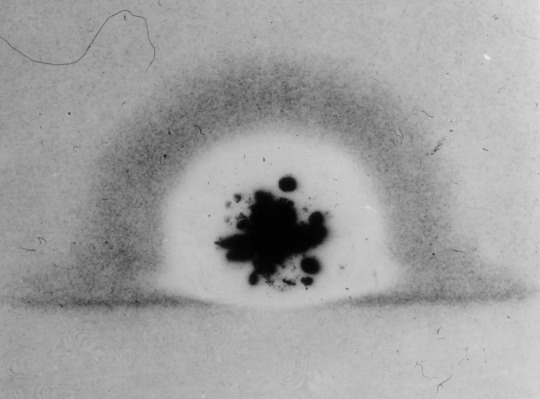
In its first milliseconds, the Trinity fireball burned through photographic film. Courtesy National Archives and Records Administration
Trinity was filmed exclusively in black and white and without audio. In the main footage of the explosion, the fireball rises out of the frame before the cameraman, dazed by the sight, pans upward to follow it. The written accounts of the test, of which there are many, grapple with how to describe an experience for which no terminology had yet been invented. Some eventually settle on what would become the standard lexicon. Luis Alvarez, a physicist and future participant in the Hiroshima bombing, viewed Trinity from the air. He likened the debris cloud, which rose to a height of some thirty thousand feet in ten minutes, to “a parachute which was being blown up by a large electric fan,” noting that it “had very much the appearance of a large mushroom.” Charles Thomas, the vice-president of Monsanto, a major Manhattan Project contractor, observed the same. “It looked like a giant mushroom; the stalk was the thousands of tons of sand being sucked up by the explosion; the top of the mushroom was a flowering ball of fire,” he wrote. “It resembled a giant brain the convolutions of which were constantly changing.”
In the months before the test, the Manhattan Project scientists had estimated that their bomb would yield the equivalent of between seven hundred and five thousand tons of TNT. As it turned out, the detonation force was equal to about twenty thousand tons of TNT—four times larger than the expected maximum. The light was visible as far away as Amarillo, Texas, more than two hundred and eighty miles to the east, on the other side of a mountain range. Windows were reported broken in Silver City, New Mexico, some hundred and eighty miles to the southwest. Here, again, the written accounts converge. Thomas: “It is safe to say that nothing as terrible has been made by man before.” Lawrence: “There was restrained applause, but more a hushed murmuring bordering on reverence.” Farrell: “The strong, sustained, awesome roar … warned of doomsday and made us feel that we puny things were blasphemous.” Nevertheless, the plainclothes military police who were stationed in nearby towns reported that those who saw the light seemed to accept the government’s explanation, which was that an ammunition dump had exploded.
Trinity was only the first nuclear detonation of the summer of 1945. Two more followed, in early August, over Hiroshima and Nagasaki, killing as many as a quarter of a million people. By October, Norris Bradbury, the new director of Los Alamos, had proposed that the United States conduct “subsequent Trinity’s.” There was more to learn about the bomb, he argued, in a memo to the new coördinating council for the lab, and without the immediate pressure of making a weapon for war, “another TR might even be FUN.” A year after the test at Alamogordo, new ones began, at Bikini Atoll, in the Marshall Islands. They were not given literary names. Able, Baker, and Charlie were slated for 1946; X-ray, Yoke, and Zebra were slated for 1948. These were letters in the military radio alphabet—a clarification of who was really the master of the bomb.
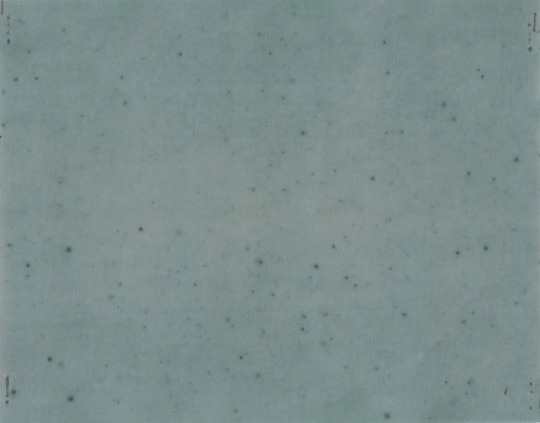
Irradiated Kodak X-ray film. Courtesy National Archives and Records Administration
By 1992, the U.S. government had conducted more than a thousand nuclear tests, and other nations—China, France, the United Kingdom, and the Soviet Union—had joined in the frenzy. The last aboveground detonation took place over Lop Nur, a dried-up salt lake in northwestern China, in 1980. We are some years away, in other words, from the day when no living person will have seen that unearthly light firsthand. But Trinity left secondhand signs behind. Because the gadget exploded so close to the ground, the fireball sucked up dirt and debris. Some of it melted and settled back down, cooling into a radioactive green glass that was dubbed Trinitite, and some of it floated away. A minute quantity of the dust ended up in a river about a thousand miles east of Alamogordo, where, in early August, 1945, it was taken up into a paper mill that manufactured strawboard for Eastman Kodak. The strawboard was used to pack some of the company’s industrial X-ray film, which, when it was developed, was mottled with dark blotches and pinpoint stars—the final exposure of the first light of the nuclear age.
#Hiroshima | Japan 🇯🇵 | John Donne | Manhattan Project | Monsanto#Nagasaki | Japan 🇯🇵 | Nuclear Weapons | Second World War | World War II#The New Yorker#Alex Wellerstein#Los Alamos National Laboratory#New Mexico#J. Robert Oppenheimer#John Donne#Jean Tatlock#University of California Berkeley#Jornada del Muerto | Journey of the Dead Man#General Thomas Farrell#Nobel Prize Winner Physicist Ernest O. Lawrence#Luis Alvarez#US 🇺🇸#China 🇨🇳#France 🇫🇷#Soviet Union (Now Russia 🇷🇺)#Alamogordo | New Mexico#Eastman Kodak#Nuclear Age
38 notes
·
View notes
Text
This whole scene had me laughing 😂 I can’t (I absolutely love nick🤣) Anime- Why Raeliana Ended Up at the Duke’s mansion
#jpopmusic#kpop#japan#japanese#animes#anime style#anime boy#anime art#anime memes#anime#retro anime#anime icons#anime gif#why raeliana ended up at the duke's mansion#south korea#china 🇨🇳
16 notes
·
View notes
Text
もしも内戦が休戦中の韓国と北朝鮮がお互いに「独立国」であるとするなら、内戦で分割されてる🇨🇳と🇹🇼もお互い「独立国」だが。。。
3 notes
·
View notes
Text

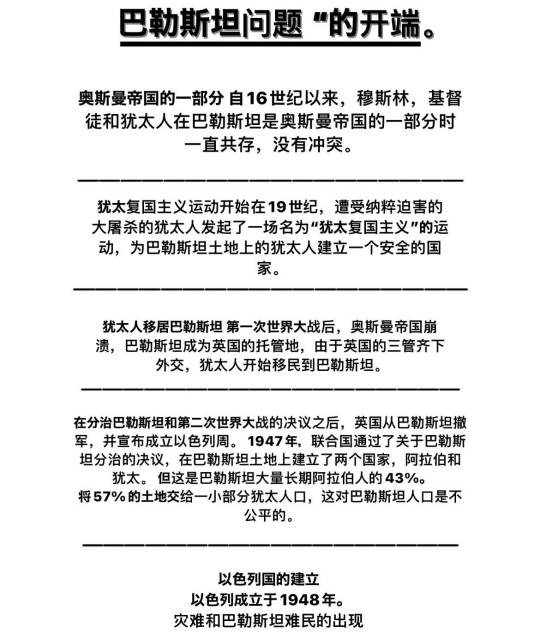




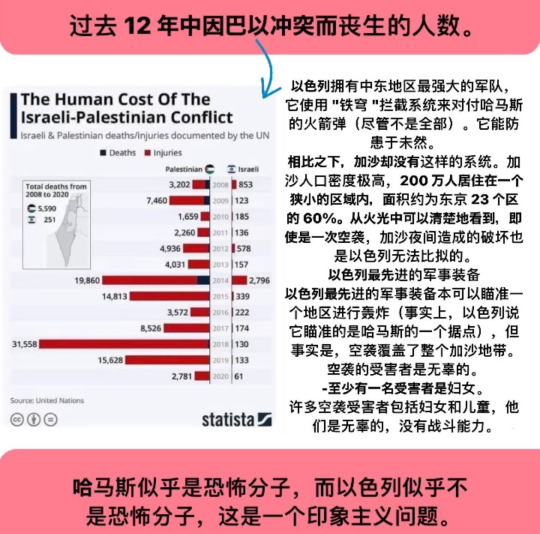
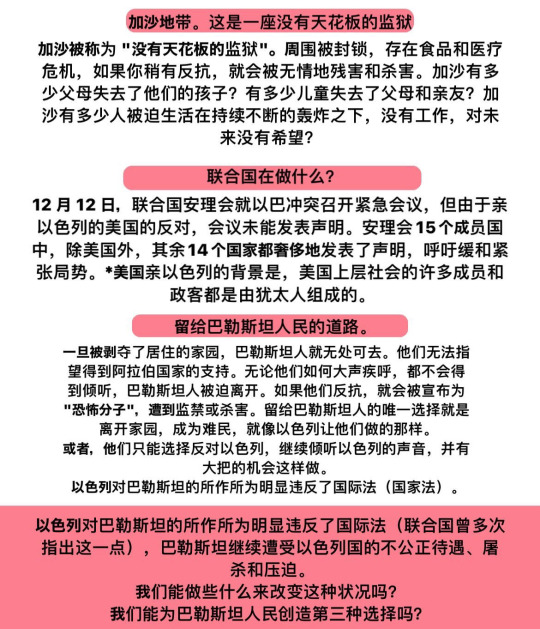


6 notes
·
View notes
Text

5 notes
·
View notes
Text










@jaelomain
🇨🇳🇰🇭
139 notes
·
View notes
Text
Happy (early) lunar new year everyone!!
新年快乐!
I won’t be online on the day itself so I thought I would already say it! :>
- -还早 -我知道 —_—’
Some outfit and makeup inspo <3
一些衣服和化妆的灵感。(^^)





#lunar new year#new year#china#china 🇨🇳#🇨🇳#red dress#小红书#抖音#🦋.txt#red.txt#makeup#outfit#outfit inspo
4 notes
·
View notes
Text


12 notes
·
View notes
Text
This Lunar New Year Is the Year of the Dragon: Why the Beast Is a Big Deal in Chinese Culture
— By Chad De Guzman | Wednesday February 6, 2024 | Time Magazine
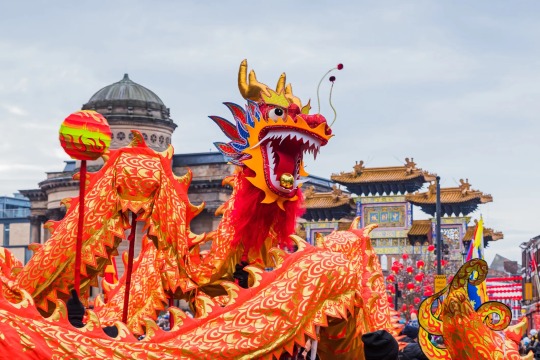
A traditional Chinese New Year dragon dance is performed in Liverpool’s Chinatown in January 2023.Getty Images
The last time China’s birth rates peaked was in 2012: that year, for every 1,000 people, there were 15 live births, a far cry from 2023’s 6.39. It was a statistical anomaly, considering the country’s ongoing state of demographic decline, which has proven extremely difficult to reverse. But 2024 may just see another baby boom for China, for the same reason as 12 years ago: it’s a Year of the Dragon.
Dragons are a big deal in Chinese culture. Whereas in the West dragons are often depicted as winged, fire-breathing monsters, the Chinese dragon, or the loong, is a symbol of strength and magnanimity. The mythical being is so revered that it snagged a spot as the only fictional creature in the Chinese Zodiac’s divine roster. And the imagery pervades society today—whether in boats, dances, or the stars.
International discourse about China’s economy or politics also often references the country as a “red dragon,” which critics have said subconsciously panders to Orientalism and fears of communism. But many Chinese proudly embrace the connection: China’s President Xi Jinping told former President Donald Trump in 2017 that the Chinese people are black-haired, yellow-skinned “descendants of the dragon.”
That’s why, in Years of the Dragon (which happen every 12 years), spikes in births tend to occur in China (as well as other countries with large Chinese populations, such as Singapore), as many aspiring parents try to time their pregnancies to result in a child born with the beast’s positive superstitious associations.
A Symbol of Prosperity
Where the Chinese dragon first came from is still debated by historians and archaeologists. But one of the most ancient images of the loong was unearthed in a tomb in 1987 in Puyang, Henan: a two-meter-long statue dating back to the Neolithic civilization of Yangshao Culture some 5,000–7,500 years ago. Meanwhile, Hongshan Culture’s Jade Dragon—a C-shaped carving with a snout, mane, and thin eyes—could be traced back to Inner Mongolia five millennia back.
Marco Meccarelli, an art historian at the University of Macerata in Italy, writes that there are four reliable theories for how the loong came to be: first, a deified snake whose anatomy is a collage of other worldly animals (based upon how, as ancient Chinese tribes merged, so did the animal totems that represent them); second, a callback to the Chinese alligator; third, a reference to thunder and a harbinger of rain; and lastly, as a by-product of nature worship.
Most of these theories point to the dragon’s supposed influence on water, because they are believed to be gods of the element, and thus, agricultural numen for a bountiful harvest. Some academics have said that across regions, ancient Chinese groups continued to enrich the dragon image with features of animals most familiar to them—for example, those living near the Liaohe River in northeast China integrated the hog into the dragon image, while people in central China added the cow, and up north where Shanxi is now, earlier residents mixed the dragon’s features with those of the snake.
A Symbol of Power
Nothing cemented the Chinese dragon’s might better than when it became a symbol of the empire. The mythical Yellow Emperor, a legendary sovereign, is said to have been fetched by a Chinese dragon to head to the afterlife. The loong are also said to have literally fathered emperors, or at least that’s what Liu Bang, the first emperor of the Han dynasty (202-195 B.C.), made his subjects believe: that he was born after his mother consorted with a Chinese dragon.
“The dragon totem and its corresponding clout were employed as a political tool for wielding power in imperial China,” Xiaohuan Zhao, associate professor of Chinese literary and theater Studies at the University of Sydney, tells TIME.
From then on, the loong was a recurrent theme across dynasties. The seat of the emperor was called the Dragon Throne, and every emperor was called “the true Dragon as the Son of Heaven.” D. C. Zhang, a researcher in the Institute of Oriental Studies at the Slovak Academy of Sciences in Bratislava, tells TIME that later dynasties even prohibited commoners from using any Chinese dragon motif on their clothes if they weren’t part of the imperial family.
The Qing Dynasty (1644-1912) created the first iteration of a Chinese national flag featuring a dragon with a red pearl, which was to be hung on Navy ships. But as the Qing Dynasty weakened after several notable military losses, including the First Sino-Japanese War (1894-1895) and Boxer Rebellion of 1900, caricatures of the dragon began to be used as a form to protest against the government for its weakness, says Zhang. But with the dynasty’s fall after the establishment of the Republic of China (ROC)—which would then become Taiwan—in 1912, Zhang says the pursuit of a national emblem was temporarily cast aside.
During the Second Sino-Japanese War (1937-1945), there had been renewed calls to find a unifying symbol to boost morale, and the dragon was among several animals considered. But when Mao Zedong established the People’s Republic of China (PRC) in 1949, the quest for a unifying symbol for the Chinese was forgotten again, as the country pivoted priorities toward rapid industrial development.
A Symbol of Unity
Outside China, the dragon motif may have quickly caught on, but inside it, the dragon was not as influential until the 1980s, says Zhang. In 1978, Taiwanese musician Hou Dejian composed a song entitled “Heirs of the Dragon” as a means to express frustration over the U.S.’s decision to recognize the PRC as China’s legitimate government and sever diplomatic ties with the ROC (Taiwan). Lee Chien-fu, a Taiwanese student at the time, released a cover of the song in 1980 that grew immensely popular on the island.
Despite being a song decrying Taiwan’s disappointment, the song managed to cross the strait and also resonated with citizens of the mainland. Zhang says “China was becoming stronger” and its government tried to co-opt “Heirs of the Dragon” as it needed an emblem for unification and prosperity “which would be apolitical and would be inclusive to all Chinese nations even for those living abroad.” Hou, who had since moved to China, sang the song in a Chinese state variety show to usher in the Year of the Dragon in 1988.
But the song’s popularity also led it to be used against the Chinese leadership. Dissidents turned “Heirs of the Dragon” back into a protest anthem before the 1989 Tiananmen Square crackdown, according to the South China Morning Post, with Hou even changing some of the lyrics according to Zhang. Hou was deported back to Taiwan in 1990, but his music stayed with the ethnically Chinese and the Chinese diaspora, Zhang says.
The song as well as China’s overt efforts to create a national symbol that transcends borders, Zhang says, play a large part in the lasting cultural significance of the loong. And the dragon’s historic regality has certainly helped boost the mythos, symbolism, and popular sentimental attachment for Chinese people today, says University of Sydney’s Zhao. “The basic characteristics, features, beliefs and practices associated with dragon totem and clout remain largely unchanged,” he says. “It’s very much a living tradition.”
#China 🇨🇳#Chinese Culture#Chinese Symbolism#Chinese Dragon 🐉 Symbolism#Lunar Year#Year of Dragon 🐉#Beast#Big Deal#Chad De Guzman#Time Magazine#Chinatown#Symbol of Prosperity | Power | Unity
2 notes
·
View notes
Text
61K notes
·
View notes
Text

0 notes
Text

Reblog with city code if you’ll like to join and be a member of the family
#freemansonrygrandlodge#jonathan crane#rothschild#freemansonrygrandlodge2024#USA#canada#austria#australia#australia 🇦🇺#europe#europa#money#greatness#Asia#china 🇨🇳
0 notes
